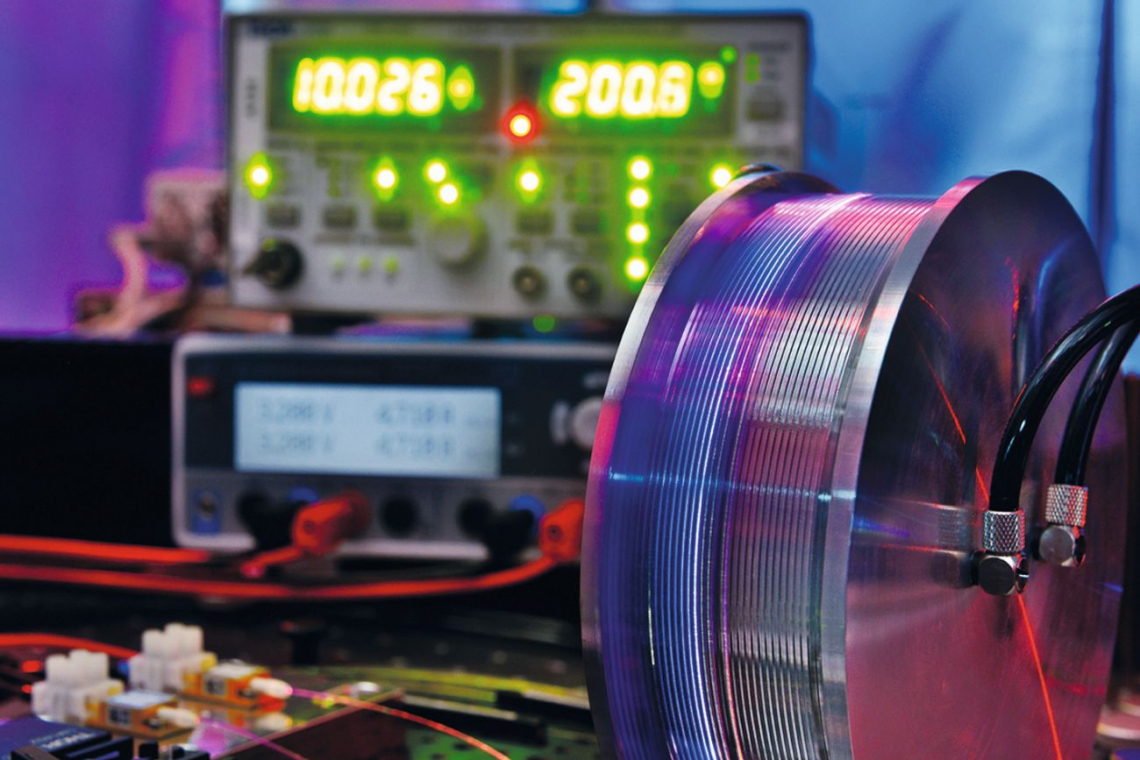It's still just a plan, but a new telescope will soon be measuring gravitational waves. These are something like the sound waves of the universe. They are created, for example, when black holes or neutron stars collide. The future gravitational wave detector, the Einstein Telescope, will use the latest laser technology for this purpose. Among other things, it will measure collisions of black holes in the early universe.
Neutron stars are burnt-out stars that weigh slightly more than our sun and have a diameter of less than 20 km. The force of their collision is great, gigantic amounts of mass are ejected and heavy atoms such as gold can be formed. Thanks to gravitational wave detectors, we now know more about the collisions of neutron stars and the gravitational waves they produce. Further insights are expected from the planned Einstein telescope. It is to consist of three nested detectors. Each will include two laser interferometers with 10 km long arms. The observatory is to be built 250 m underground to shield as much interference as possible.
The Einstein telescope will work together with a new, innovative generation of observatories in the electromagnetic spectrum, covering the range from radio to gamma rays. This "multi-messenger astronomy" will then not only have ears, but also eyes for detecting different signals. A large team is already working on the measuring apparatus, including RWTH Aachen University and the Fraunhofer Institute for Laser Technology ILT.





